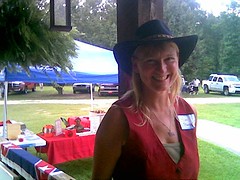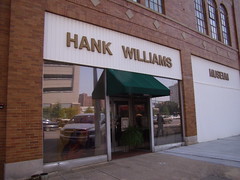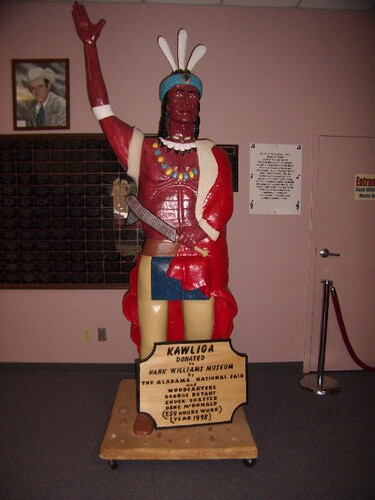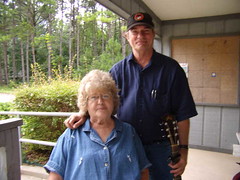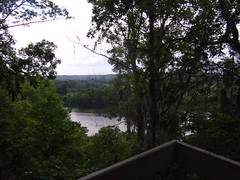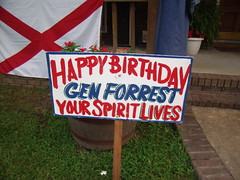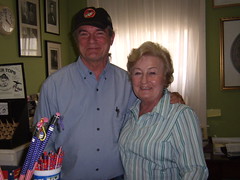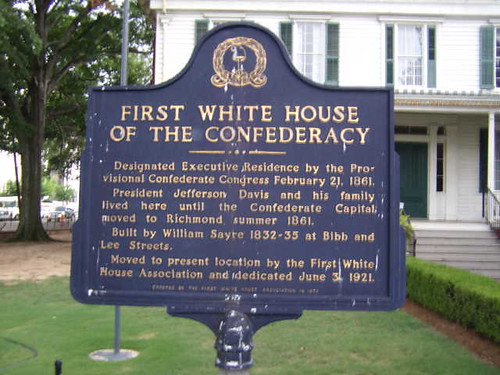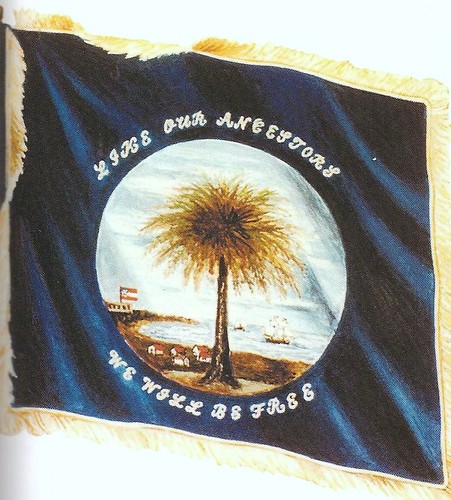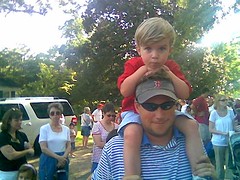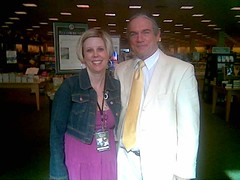Here is a song, well-known to most adults, but not known at all to the modern generation. It was a very popular song during the Civil War. Here are the lyrics and a brief history of the song.
Listen to the Mockingbird
Last night I dreamed of my Halley
Of my Halley, my sweet Halley
Last night I dreamed of my Halley
For the thought of her is one that never dies
She’s sleeping now in the valley
In the valley, my sweet Halley
She’s sleeping now in the valley
And the Mockingbird is singing where she lies
Listen to the Mockingbird, listen to the Mockingbird
Oh the Mockingbird is singing oe’er her grave
Listen to the Mockingbird, listen to the Mockingbird
Still singing where the yellow roses grow
How well do I yet remember
I remember, I remember
How well do I yet remember
For the thought of her is one that never dies
It was in that sweet September
In September, I remember
It was in that sweet September
That the Mockingbird was singing far and wide
Listen to the Mockingbird, listen to the Mockingbird
Oh the Mocking bird still singing oe’er her grave
Listen to the Mockingbird, listen to the Mockingbird
Oh the Mockingbird still singing in the spring
“Listen to the Mocking Bird’ was written by Septimus Winner, the man who also gave us “Whispering Hope,” “Ten Little Indians,” the words to “Where Oh Where Has My Little Dog Gone,” and a score of other songs. He was twenty-seven years old at the time, a music teacher and the owner of a music store in Philadelphia. Winner was acquainted with a young Negro boy, Dick Milburn (called Whistling Dick), a beggar who collected coins for his whistling and guitar playing on the streets. His whistling often turned to a beautiful imitation of a mocking bird, and this attracted Winner’s attention and thought. It gave him an idea for a song and he promptly went to work on it. He finished “Listen to the Mocking Bird,” gave Whistling Dick a job in his store, and published the composition in April, 1855, using the pseudonym Alice Hawthorne. Pseudonyms were common practice in those days, for example Mark Twain (Samuel Clemens) and Artemus Ward (Charles Browne). Winner chose Hawthorne after his mother’s maiden name. He never explained the “Alice” part of it.
Within months this song hit all parts of our nation and people everywhere went wild over it, especially in the South where the mocking bird is a common sight. For years afterwards Southern mothers named their baby girls Hally (or Hallie) after this song. President Abraham Lincoln said of this song “It is as sincere as the laughter of a little girl at play,” and King Edward VII of England remarked, “I whistled ‘Listen To the Mocking Bird’ when I was a little boy.”
The song became popular all over Europe and it is estimated that by 1905 total sheet copies sold ran approximately twenty million. This song’s immense popularity has struck solidly for over a century. It is truly one of our old-time, all-time song hits.
Retrieved from p. 141 The American Song Treasury http://www.mi5th.org/Songs/Listen.htm
A Civil War Song about the Siege of Vicksburg
It is fitting that this close to the fourth of July that we make a few comments on the siege of Vicksburg. Vicksburg National Park is about an 8 hour drive from the Texhoma region, but a very profitable experience. The loss of Vicksburg was a tremendous blow to the Confederacy. It is also a heartbreaking example of how the Northern Army waged a relentless war against the civilian population of the South, something I’m proud to say the South did not officially do.
There are many websites devoted to this siege. The finest book on the subject I could recommend is The Defense of Vicksburg: A Louisiana Chronicle by Allan C. Richard, Jr. and Mary Margaret Higginbotham Richard (Texas A&M Publisher). I was fortunate in that I recently met Ms. Richard and obtained a signed copy.
The following song was very popular after the siege of Vicksburg. It is sung to the tune of “Listen to the Mockingbird.”
‘Twas at the Seige of Vicksburg,
Of Vicksburg, of Vicksburg,
‘Twas at the Seige of Vicksburg,
When the Parrott shells were whistlin’ through the air!
CHORUS
Listen to the Parrott shells!
Listen to the Parrott shells!
The Parrott shells are whistlin’ through the air!
Listen to the Parrott shells!
Listen to the Parrott shells!
The Parrott shells are whistlin’ through the air!
Oh, well will we remember
Remember, remember,
Tough mule meat, June sans November,
And the minie-balls that whistled through the air!
CHORUS
Listen to the minie-balls!
Listen to the minie-balls!
The minie-balls are singing in the air!
Listen to the minie-balls!
Listen to the minie-balls!
The minie-balls are singing in the air!

